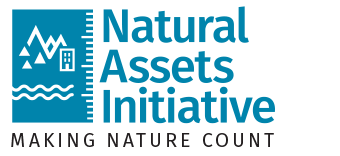By: Michelle Molnar
British Columbia’s coastal Town of Gibsons has demonstrated—again—that effectively managing municipal natural assets can pay huge dividends. The town was able to decrease the fees charged to developers to cover costs of municipal infrastructure to support their projects (development cost charges, or DCCs) because the natural assets that provide stormwater services to Upper Gibsons do so at lower costs than engineered alternatives. As a result, the DCCs for drainage services will be reduced 74 per cent with the updated DCC bylaw before council in September for a final vote.
Emanuel Machado, a member of MNAI’s board and the chief administrative officer for Gibsons, credits the strategy of managing municipal natural assets for reducing infrastructure costs for services such as storm water management. The streams and ponds in the town’s White Tower Park provide a natural catchment for storm water. By focusing on and expanding the park services, the town was able to avoid expensive engineered solutions.
While Gibsons has been a leader in testing this approach, it’s also being tried in communities across Canada. Five pilot communities used MNAI-developed methodology to assess the value of stormwater services provided by a local natural asset and how that value changed under various scenarios. All pilots demonstrated the significant value of natural assets and their services as well as the financial risk facing municipalities if those services are not identified and managed. In the face of changing climate and increasing development pressures, the value of natural assets increased further because of their resiliency to changing conditions, a condition less present in built infrastructure.
Cost savings are motivating factors for Canadian municipalities facing an estimated $123 billion infrastructure gap. The funding mechanism and savings are an appealing new way for municipalities to maintain and enhance their natural assets.


